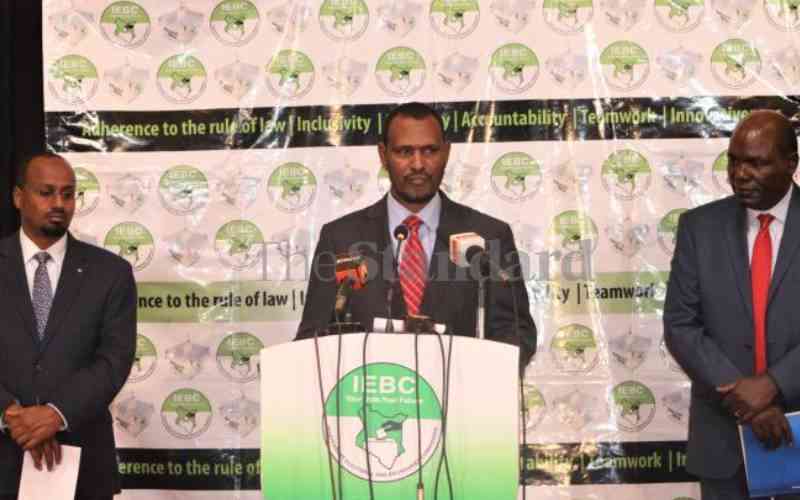×
The Standard e-Paper
Home To Bold Columnists

The Independent Electoral and Boundaries Commission (IEBC) is proposing radical measures to improve the electoral process.
The recommendations in IEBC's post-election evaluation report, launched on Monday by chairman Wafula Chebukati, calls for review of the law to allow voters to transfer freely to registration centers of their choice.